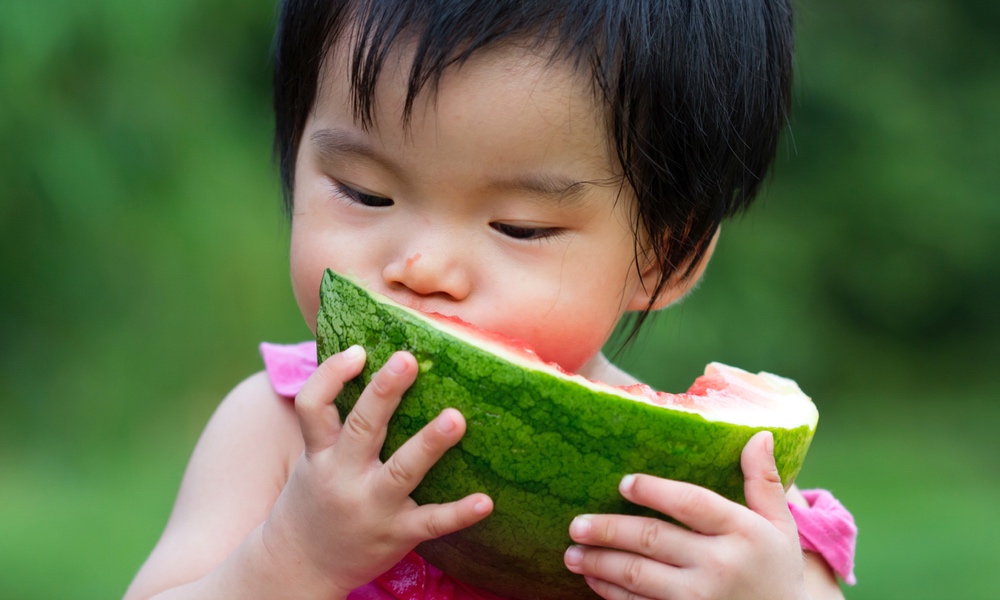Whether parents realize it or not, most infants and nearly all toddlers get a lot of added sugars in their diets every day. The added sugars are also a considerable source of calories for their babies and toddlers.
Currently, the only health organization that offers guidance regarding sugar intake for children under the age of two is the American Heart Association (AHA). Its stance is that sugar should be avoided since babies and toddlers need nutrient rich foods for proper growth and development, and their food preferences are being formed at that time.
The AHA guidelines suggest limiting sugar intake to six teaspoons per day for women and children between the ages of two and 19. They suggest men limit themselves to nine teaspoons. Other health organizations have similar guidelines for older children and adults.Learning to love sugar early in life can set a child up for years of problems with their weight and the possibility of chronic health issues.
Babies ate about one teaspoon of added sugars every day or about two percent of their daily calories. Toddlers got almost eight percent of their daily calories from sugar, consuming about six teaspoons a day — the limit for children over two and adult women, according to the AHA guidelines.
Sugar intake was not affected by the gender of the child, family income or who was head-of-household, but some difference was found among race. Survey data showed that non-Hispanic black toddlers consumed nearly 8 teaspoons of added sugar a day; while Asian kids averaged 3.7 teaspoons, non-Hispanic whites 5.3 teaspoons and Hispanic toddlers 5.9 teaspoons.
Yogurt, baby snacks and sweets, and sweet bakery products were the main sugar source for most babies, while fruit drinks, sweet baked products and candy accounted for most of the sugar intake among toddlers.
“The transition from a milk-based diet (breast milk and formula) to table foods has an impact on nutrition, taste preference, and eating patterns,” Kirsten A. Herrick, lead researcher from the CDC, said in a statement. She suggests that parents have a discussion with their child’s healthcare provider regarding which solid foods to introduce while weaning them from breast or bottle.
Learning to love sugar early in life can set a child up for years of problems with their weight and the possibility of chronic health issues. When sugar becomes a regular part of the diets of children, they are more likely to develop dental cavities, asthma, high blood pressure, high triglycerides and cholesterol, and obesity.
Do your littlest ones a favor. Just don’t even introduce them to sugar until they have had the opportunity to learn to enjoy the taste of fruits, vegetables, whole grains, as well as unflavored milk and yogurt.
The study was published in the Journal of the Academy of Nutrition and Dietetics.





